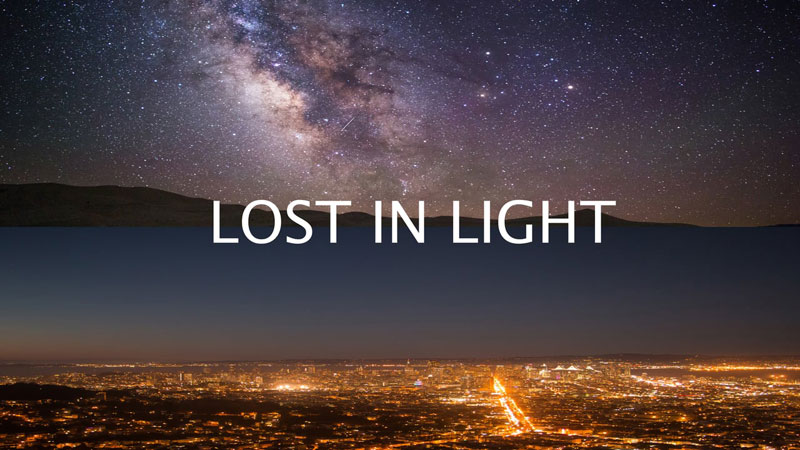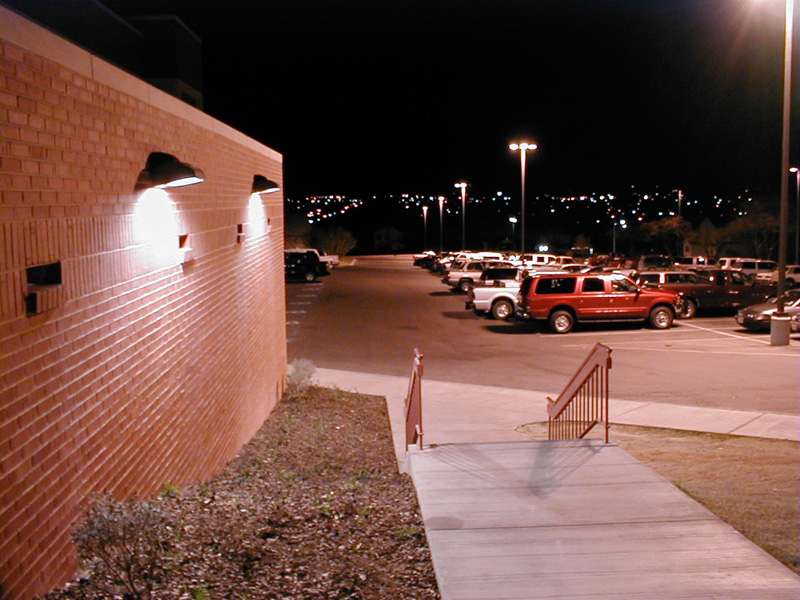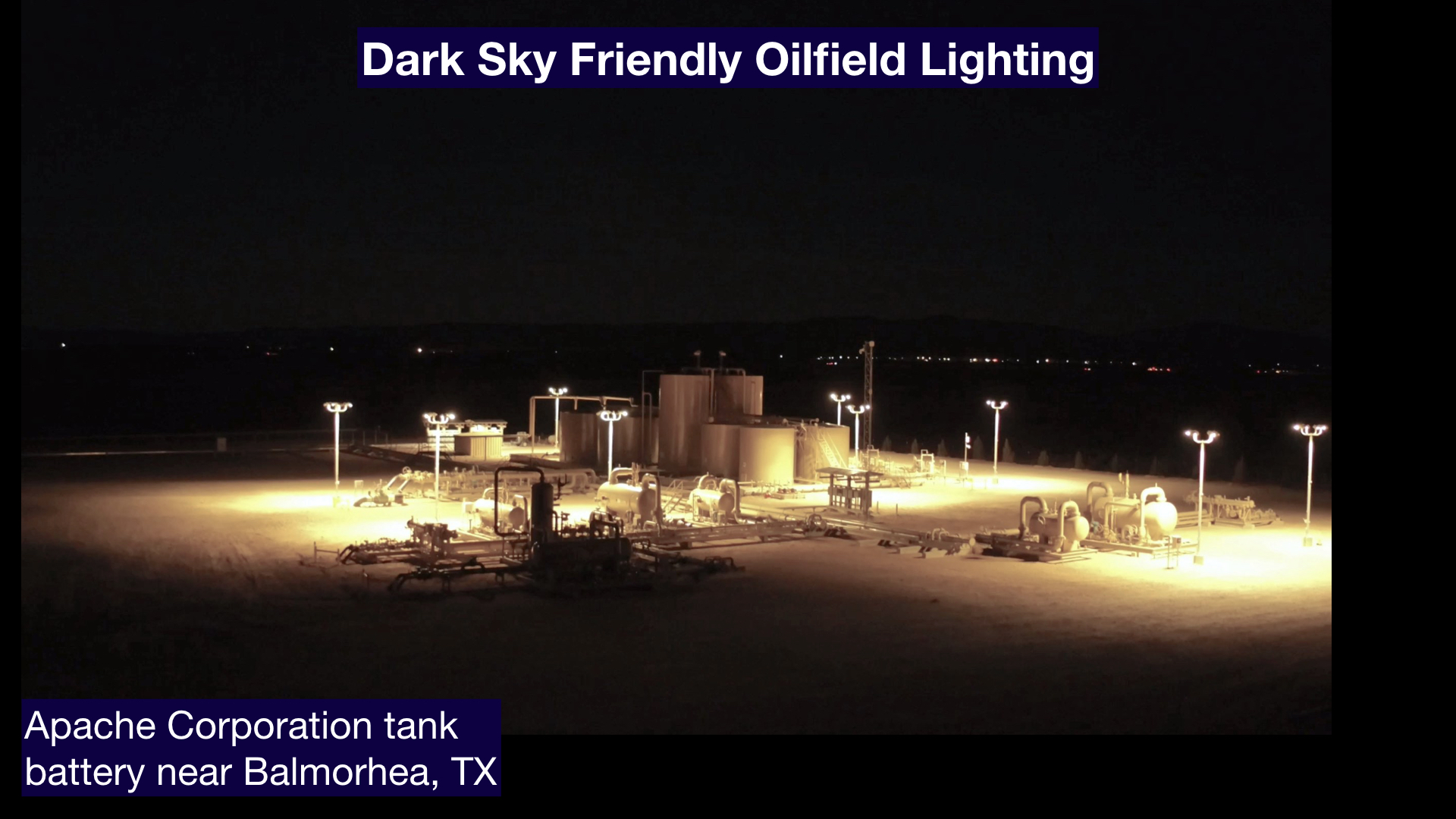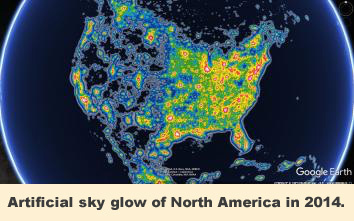
BBCR Supports Night Skies Initiative
Big Bend Coffee Roasters has made a special blend to help with raising funds for The McDonald Observatory. A percentage of sales of their “NIGHT SKIES” blend will go directly to help fund this initiative.
McDonald Observatory is working with neighbors in the region to help protect our dark night skies, to promote awareness of light pollution and its simple solutions.
McDonald Observatory, Oil and Gas Organizations Collaborate to Reduce Light Pollution in West Texas; Issue Recommended Lighting Practices Document and Explanatory Video; Railroad Commission Issues Updated Notice to Operators
• Notice to Oil and Gas Operators – Minimizing Lighting Impacts from Oil and Gas Activities – Railroad Commission Issues Updated Notice to Operators (February 2019).
• The Stars at Night: How an ordinance keeps the dark skies of west Texas dark and the stars bright – NewsWest 9 (February 2019).
• UT System’s University Lands Endorses Dark Skies Initiative – The University of Texas System (January 2019).
• Gas flaring lights up Texas skies amid US oil boom – Financial Times (January 2019).
• Oil vs. astronomy: The race to protect the night sky in West Texas – Dallas Morning News (January 2019).
• TXOGA and API Joining the Collaborative Recommended Lighting Practices– Texas Oil & Gas Association (December 2018).
• Shedding (Less) Light on the Dark – Presentation to the Executive Oil Conference, Midland, TX (November 2018).
• MODERNIZED OILFIELD LIGHTING PROTECTS NIGHT SKIES, BENEFITS THE INDUSTRY – Cynthia and George Mitchell Foundation blog post (September 2018).
• McDonald Observatory, Oil and Gas Organizations Collaborate to Protect Night Skies – Press Release (July 9, 2018).
• Recommended Lighting Practices – for OILFIELD LIGHTING (2.4 mb PDF).
• PROTECTING THE WEST WEST TEXAS DARK SKIES – Explanatory video for Recommended Lighting Practices produced by Apache Corporation (February 2018).
• Texas Collaboration Protects Dark Skies – International Dark-sky Association blog post (August 2018).
• Dark Skies Initiative selected by former First Lady Laura Bush’s organization, Texan by Nature, as a 2018 Conservation Wrangler recipient.
• Dark Skies and the Permian Basin oil boom – San Antonio Express News (April 2017).
• When Staying in the Dark is the Brightest Idea – Permian Basin Petroleum Association Magazine (September 2017).
• Railroad Commission of Texas Reminds Operators to Reduce Light Near McDonald Observatory – Railroad Commission of Texas Issues Notice to Operators (February 2016).
• Upgraded Rig Lighting Improves Night Time Visibility While Reducing Stray Light and the Threat to Dark Skies in West Texas – Society of Petroleum Engineers (March 2015).
About Light Pollution:
What is light pollution?
Light pollution is any adverse effect of artificial light at night, including sky glow, impaired visibility from glare, light trespass, energy waste, and more.
Does it really matter?
YES! Light pollution wastes energy and money, disrupts global wildlife and ecological balance, has been linked to negative consequences in human health, and negatively affects astronomers and scientists. Read on to learn more about specific issues.
What can I do?
There is a WIN-WIN SOLUTION to light pollution! By changing outdoor lighting practices, you can prevent light pollution while putting more light where you want it using less electricity. Read on to find out how to make a positive difference.
A billboard as an example of wasted light.
Negative Effects of Light Pollution
• COSTS: In the United States $10s of billions annually in electricity costs are wasted shining light upward at night. These numbers do not include the costs of producing the energy to generate electricity.
• ENERGY CONSUMPTION: Most of the energy required to power all of the wasted light comes from burning fossil fuels, contributing to other types of pollution.
• HEALTH: New studies point to dramatic health consequences from the disruption of the natural human day/night cycle. Unnatural light at night affects hormone production and reduces the strength of the immune system.
• SAFETY: Vision is impaired by “glare” from overly bright light sources, reducing sensitivity to fine details and color perception, especially in elderly people. Brighter lights cause shadows to appear darker.
• THE ENVIRONMENT: Artificial light at night has been shown to disrupt the mating, migration, and hunting behaviors of many different species, and consequently the ecological community as a whole.
• LOSS OF NIGHTTIME SKY: The view of stars and dark night skies is rapidly being lost. Generations are growing up having never seen the Milky Way. Sky glow resulting from artificial lighting dramatically hinders the science of astronomy.
 Light fixtures: good, bad and ugly
Light fixtures: good, bad and ugly
The Solution
We can reclaim vast amounts of energy currently wasted inadvertently into the night sky by poorly designed outdoor lighting. We can do this by using light fixtures that are shielded to reflect light down where it is needed, as well as using the smallest number of lights and lowest wattage bulbs necessary to effectively light an area.
• START WITH YOUR OWN HOME AND YARD: Lead by example in adopting good lighting practices. Put your own house in order first.
 Good downward-pointing light fixtures at Sul Ross State University in Alpine TX.
Good downward-pointing light fixtures at Sul Ross State University in Alpine TX.
• SPREAD THE WORD: The solution to light pollution is 90% education and public awareness, and 10% technology. Show examples of good lighting to your friends and neighbors. Once people see it in action, and understand its implications for cost savings and improved visibility, they are far more likely to adopt good lighting practices on their own.
• CREATE CHANGE IN YOUR LOCAL GOVERNMENT: One house doesn’t make much of a difference compared to an entire city and large retail installations. The best way to make a significant difference is to help your local government create a new lighting ordinance that regulates lighting practices on a large scale.
RESOURCES
An excellent resource is the International Dark-sky Association.
Downloadable Light Pollution Flier suitable for printing (PDF, 460kB)
Resources and activities for teachers and educators can be found through the Dark Skies Rangers Program.
The Strange Scourge of Light Pollution a 10 minute YouTube video.
StarDate Dark Skies Programs
June 28, 2010: Dark Skies
June 29, 2010: Little Constellations
June 30, 2010: Delphinus
July 1, 2010: Sneaky Stars
July 2, 2010: Moon and Jupiter
July 3, 2010: Sky Test
July 4, 2010: Deadly Skies
McDonald Observatory’s Dark Skies Initiative is made possible in part through the generous support of Premack.com






